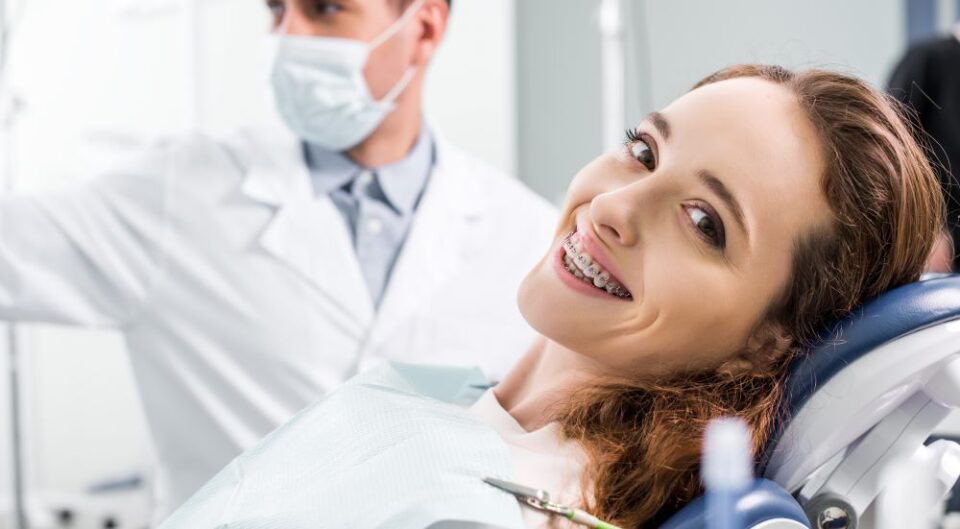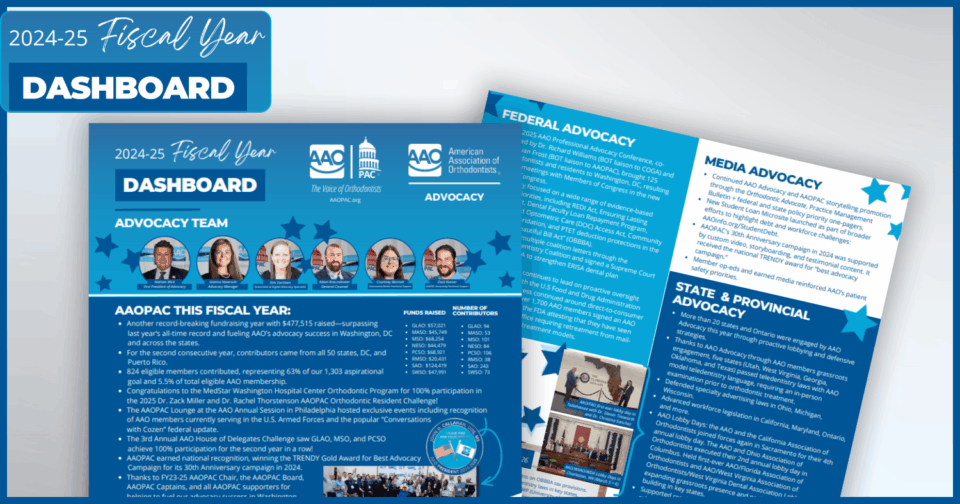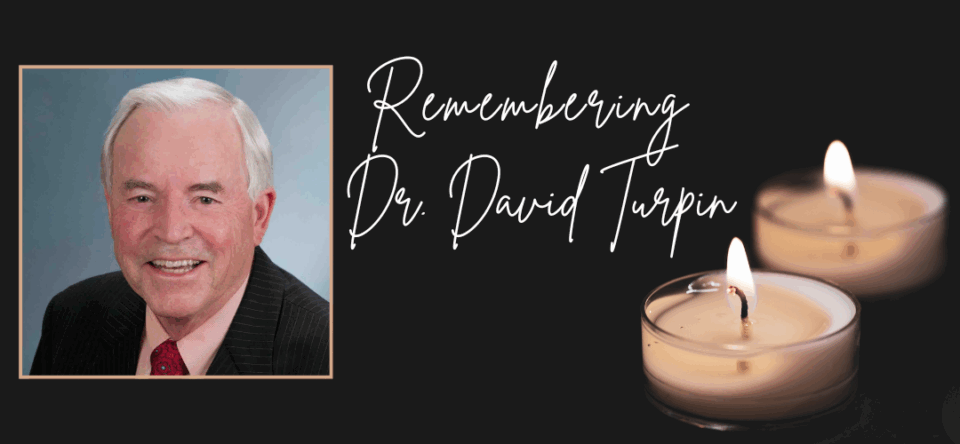In cooperation with the UCLA School of Dentistry and Dr. Kang Ting, an AAO member, the National Aeronautics and Space Administration (NASA) and the Center for the Advancement of Science in Space (CASIS) have advanced a study of osteoporosis and bone growth. Forty rodents arrived at the International Space Station on June 6, where they will live in a microgravity environment
The study, by Dr. Ting with Dr. Jin Hee Kwak and others, is the culmination of more than 20 years of research for which Dr. Ting received initial grants from the AAO Foundation. In the mid/late 90’s Dr. Ting, currently professor and chair in the Section of Orthodontics at UCLA School of Dentistry, was a junior faculty member working on successive research projects funded by the AAO Foundation and concerned with bone loss. Following this early work, Dr. Ting discovered the NELL-1, a bone-forming molecule, which led to a National Institutes of Health (NIH) grant, and then to the space station project.
The mission, “Systemic NELL-1 Therapy for Spaceflight-induced Osteoporosis,” will allow astronauts on the space station and scientists on Earth to collaboratively test a potential new therapy for accelerating bone growth in humans. The study is one of the first mammalian studies taking place on the space station and the first ever test of NELL-1 in space.
Environmental data from the International Space Station will be transmitted to Kennedy Space Center (KSC) in Florida for replication of the environment in KSC on a three-day off-set for ground controls. Half of the flight group of rodents will be returned to Earth live in July to continue therapy at UCLA for another month. They will be compared with full-flight groups housed in the ISS and ground-control groups housed in the Kennedy Space Center.
Since prolonged space flights induce extreme changes in bone and organ systems that cannot be replicated on Earth, moving the study to space puts the research on an accelerated schedule. The International Space Station (ISS) study will test the NELL-1 molecule’s ability to prevent bone degeneration or osteoporosis, as well as induce bone formation of massive bone defects that can occur in wounded military personnel. The results of the study will impact formulation of a treatment for patients with osteoporosis, a significant health issue commonly associated with “skeletal disuse” conditions such as immobilization, stroke, cerebral palsy, muscular dystrophy, spinal cord injury, and jaw resorption after tooth loss.
Dr. Kwak, who is assistant professor and clinic director of the Section of Orthodontics at the UCLA School of Dentistry, provided project overview video links:
- “ISS National Lab SpaceX CRS-11 Payload Overview: UCLA” (created by CASIS and NASA)
- “Growing Bone in Space” (by NASA)
- Mission Briefing on NASA TV
(Project overview starts at 59:14 and ends at 1:12:10.)
“Without the initial seed funding from the AAO Foundation, all of this would not have been possible,” said Dr. Ting. “The AAOF was the very first group that put not only their support, but also their trust in an orthodontic junior faculty more than 20 years ago and proved that reaching for the sky – or heading into space – is not a dream but rather a reality.”
Nearly 100 media outlets, including the New York Times, the PBS NewsHour and Medical Press have referenced the NELL-1 therapy study as part of coverage of the mission, or featured the research.



